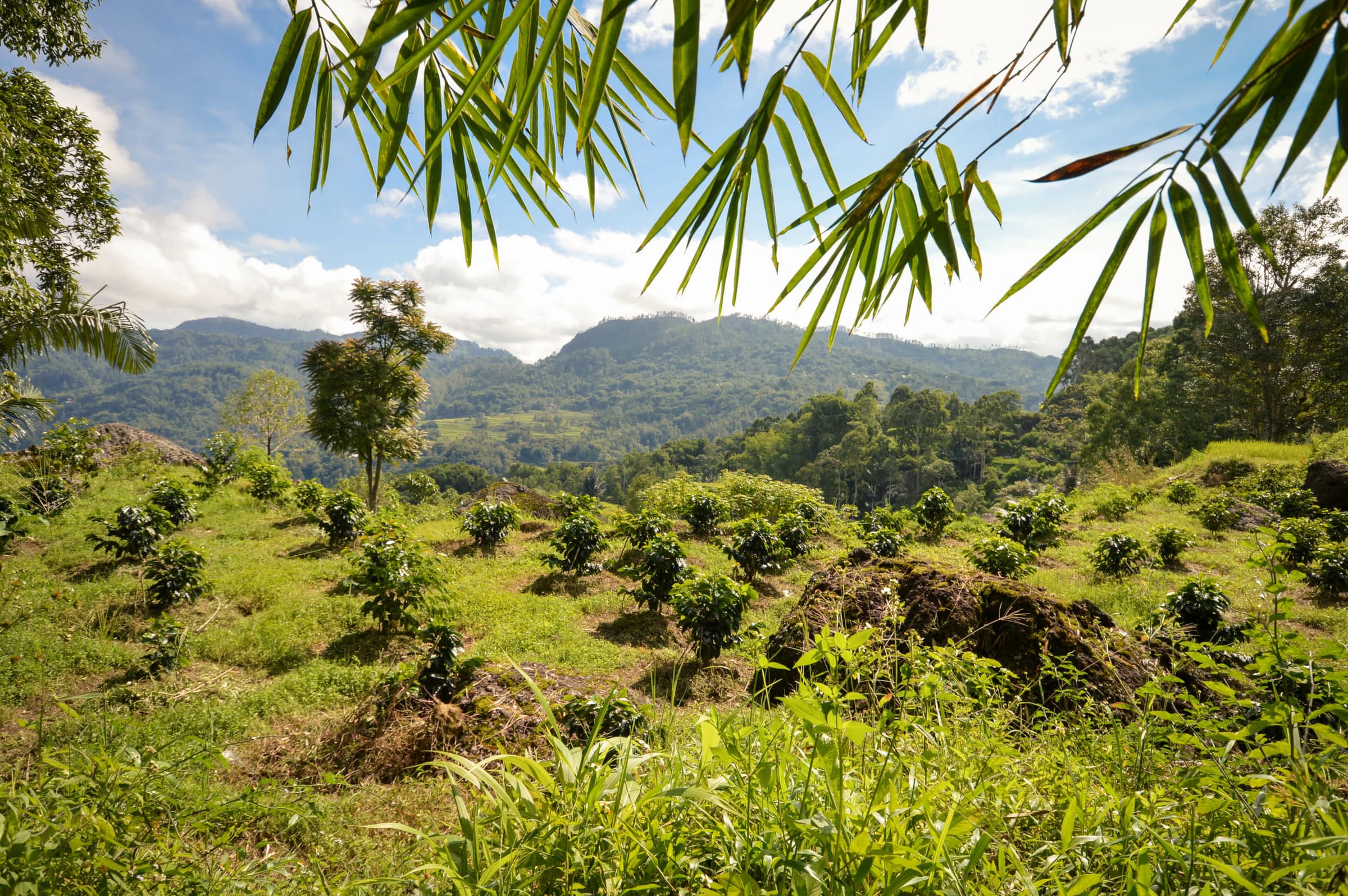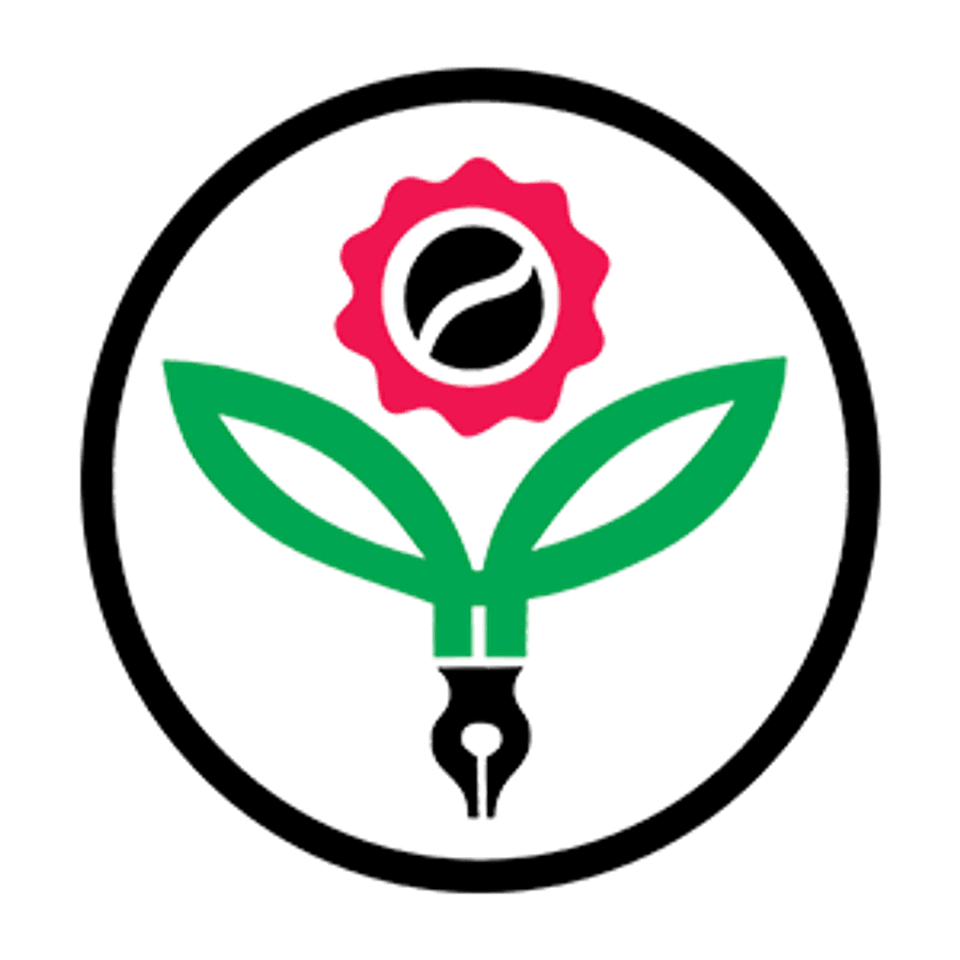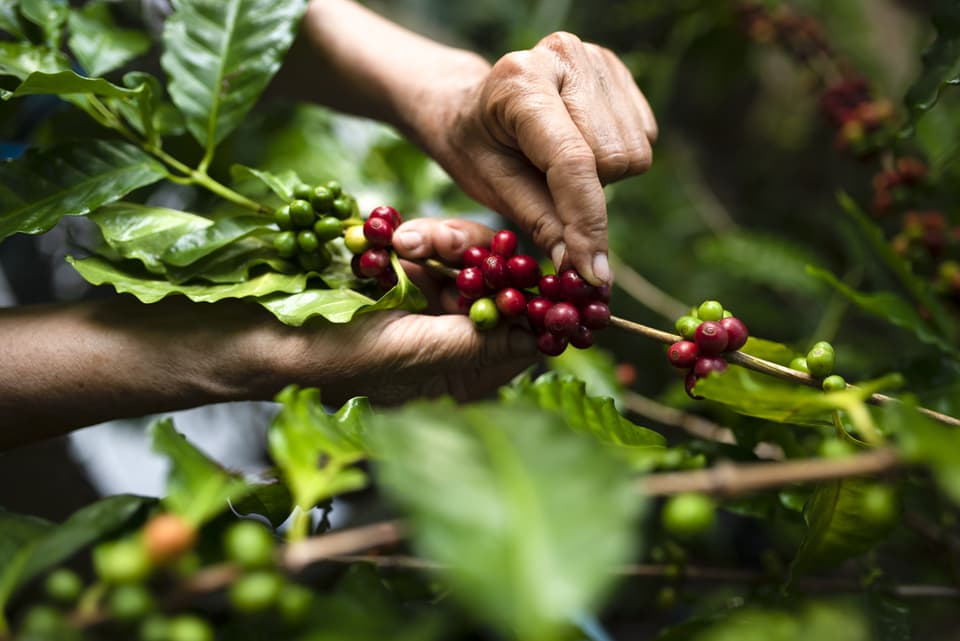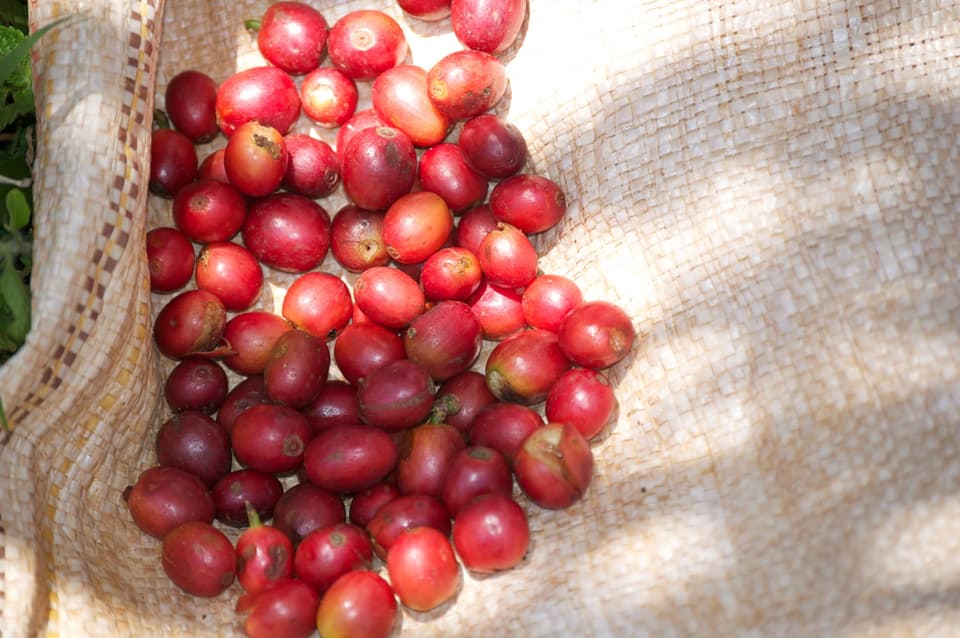Indonesia is one of the most diverse coffee origins in the world, producing both arabica and robusta coffee, and contributing 5% of the world’s coffee exports.1 Coffee supports 1.77 million people and contributes over $1.5 billion to export revenues2, yet remains secondary to commodities like palm oil and cereals in economic contribution and public R&D investment. While much of Indonesia’s arabica is regarded as specialty quality, commanding premium prices and protected by geographical indications (e.g., Sumatra, Gayo), average yields for both arabica and robusta remain low compared to global averages.3 Coffee cultivation is dominated by smallholders farming less than one hectare and robusta makes up 80% of national production. Major challenges include coffee leaf rust, declining access to improved genetic material, and fragmented extension services, all limiting smallholder farmers' ability to adopt better-performing varieties. Nearly 70% of Indonesia’s coffee area is in need of renovation or rehabilitation due to aging trees and outdated varieties.4
1. ICO 2025
2. Indonesia eyes to become world’s second biggest coffee producer, Laos News Agency, March 2025.
3. Tampubolon et al, 2023.
4. Indonesia Data Sheet, Sustainable Coffee Challenge, 2025.












